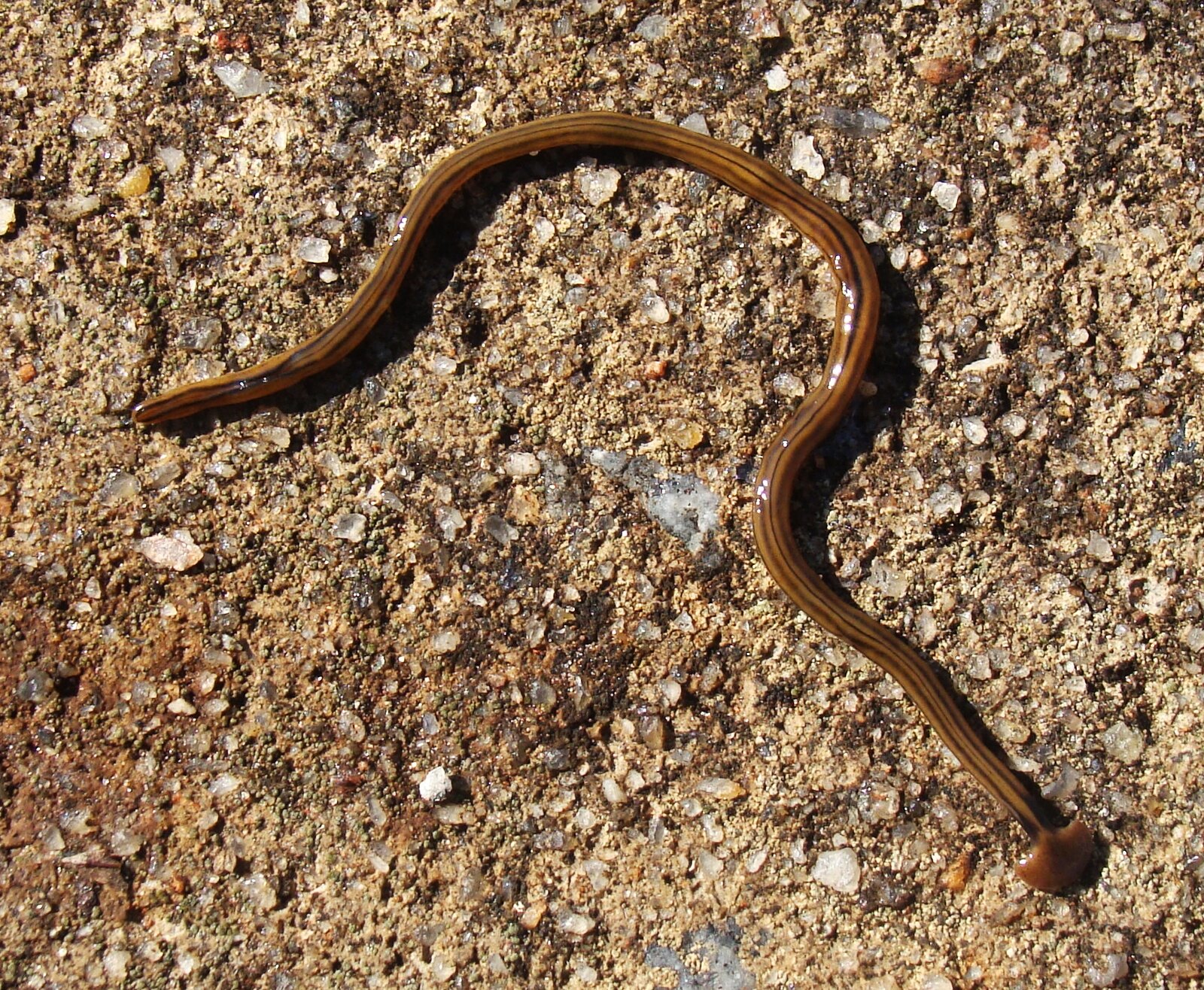A version of this story first published on June 23, 2020.
Huge, toxic worms invading Texas are making headlines across the state — some of them promising to add to your nightmares.
Hammerhead worms, also known as flatworms or land planarians, are indeed big. They can grow up to several inches long. And they are invasive. But they’ve been in Texas since at least the 1980s.
The reason you’re hearing about them now is because someone shared a compelling post on Facebook — and because of recent weather.
Wizzie Brown, an insect specialist with the Texas A&M AgriLife Extension Service, says land planarians aren’t technically insects, but she gets calls about them anyway because they fall into the “icky or gross” category.
What is a land planarian?
These are sometimes mistaken for earthworms, but sometimes people see them and they have no idea what they are. It’s a flatworm – a long, symmetrical-looking worm. They can either have a tapered head region or, I guess, end region, because it’s not necessarily a head. Or sometimes they’ll have kind of a hammer shape at the end.
How big can they get?
They do range in size depending on how old they are and what species you’re talking about. But I’ve seen them anywhere from like an inch to almost 6 or 7 inches in length. Usually the ones that people panic over are the ones that are very large because they have no idea what it is and what it’s doing.
How do they, uh, work?
The mouth and anus are the same thing, which is very interesting. And it’s actually in the middle of the body. They will reproduce by actually breaking off part of their body, and that will grow a new land planarian. So it’s very easy for them to create more of themselves, and they can release anywhere from one to two pieces of their body per month.
What do they eat?
They will feed on earthworms, which a lot of people get concerned about because they like their earthworms. But usually they’re not going to have land planarians in high enough populations that it’s really going to damage the earthworm population.
Why am I seeing them now?
These are going to come out usually after we have really heavy rains. We’ll see them wandering around, and it’s because they’re subterranean, normally. And when we have that oversaturated soil, they come out to the surface and we tend to see them more.
Can I get rid of them?
If you’re concerned about them, then you can certainly squish them, like, physical control always will work as long as it’s not too incredibly large and your shoe is heavy enough. So that is certainly an option if you don’t want them there. But you’re not going to be able to go through and dig up your yard and find these land planarians to get rid of them. There’s really no control for them other than just squishing them when you see them.
As far as the “toxic” part goes, the Texas Invasive Species Institute reports some varieties can make themselves noxious to predators, but Brown says they shouldn’t be a problem to humans in most cases.















